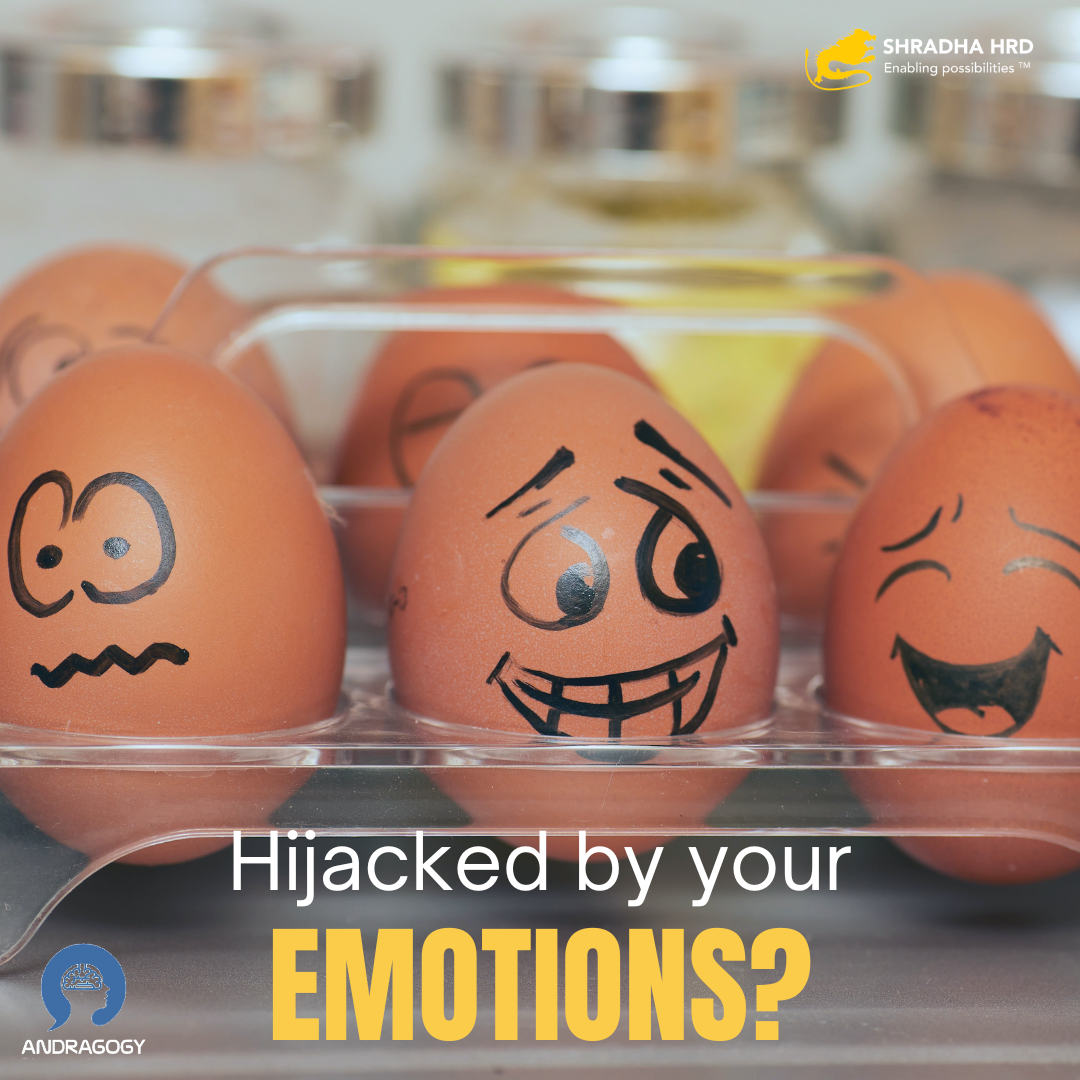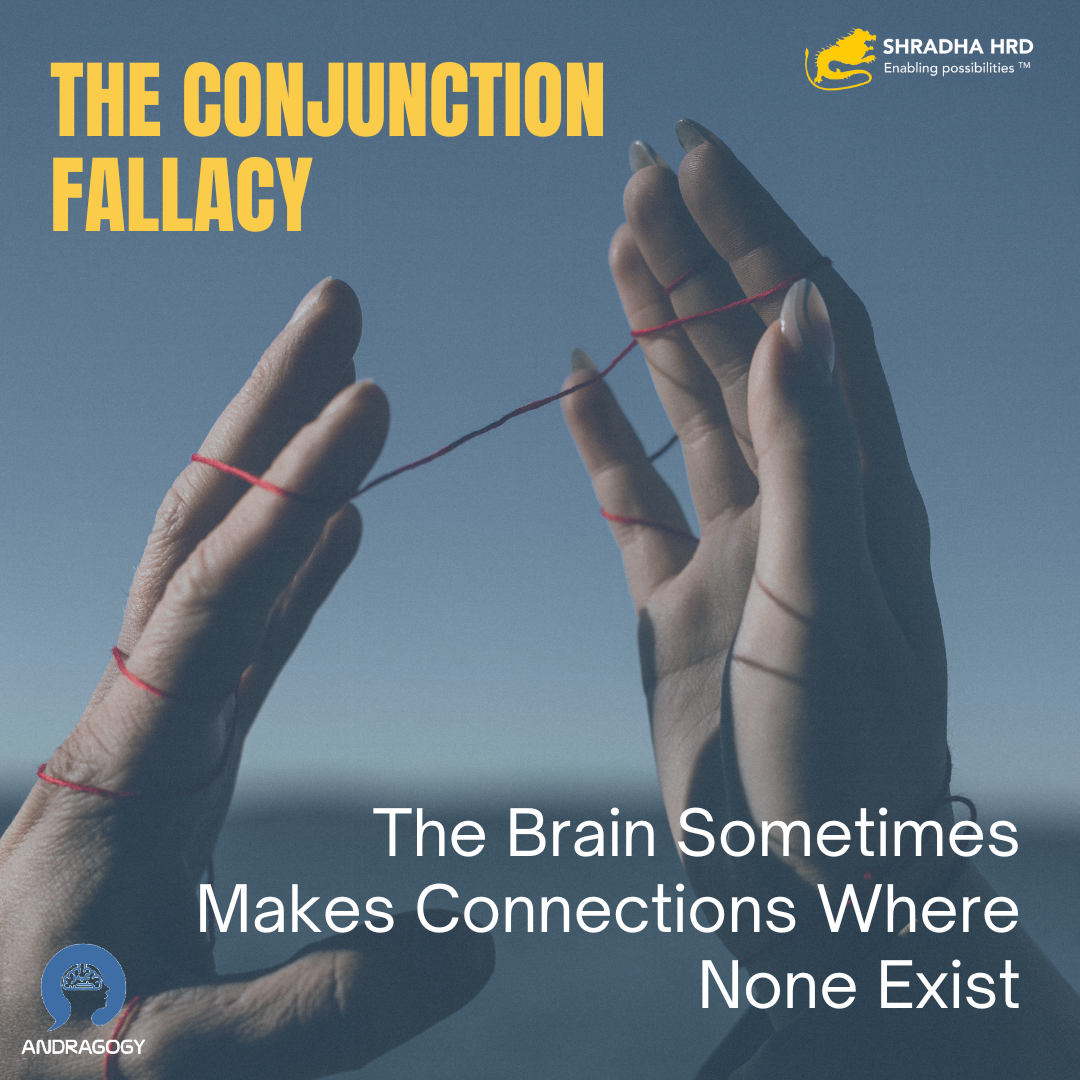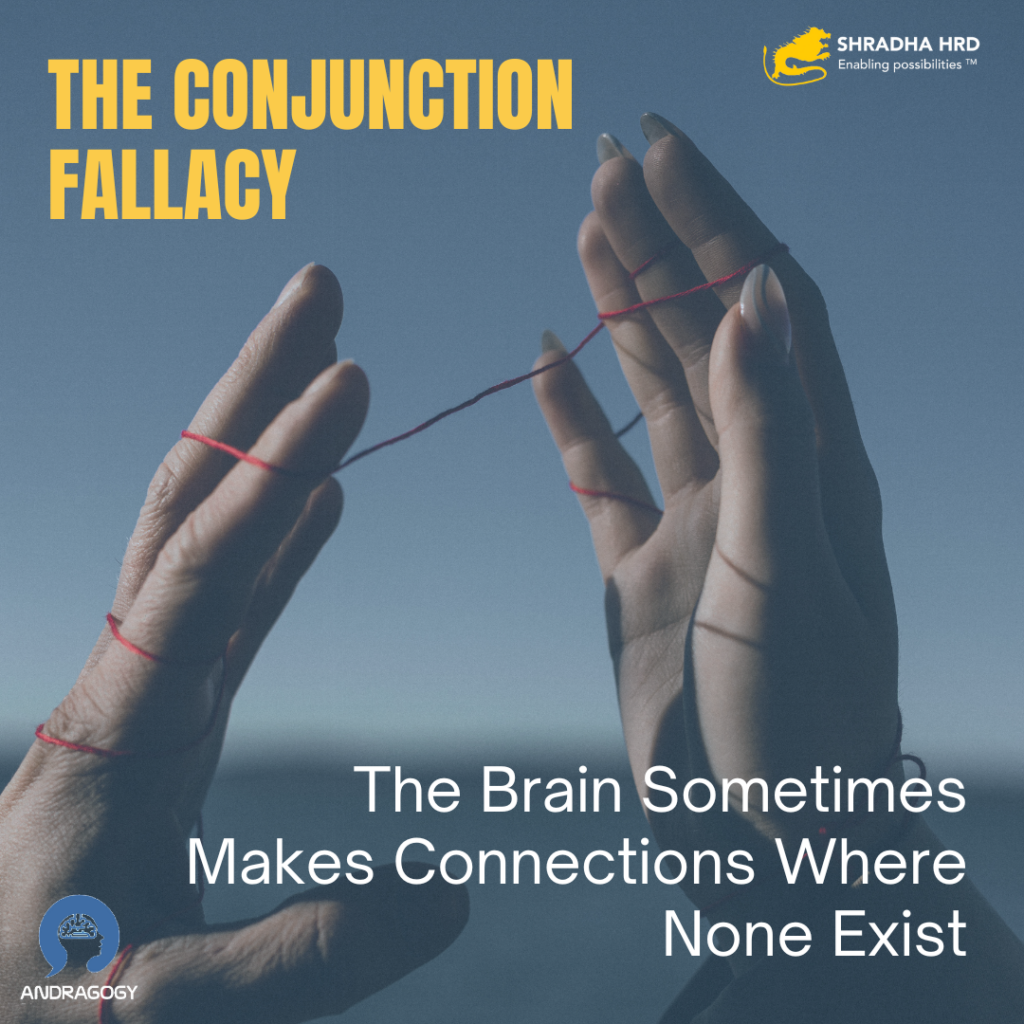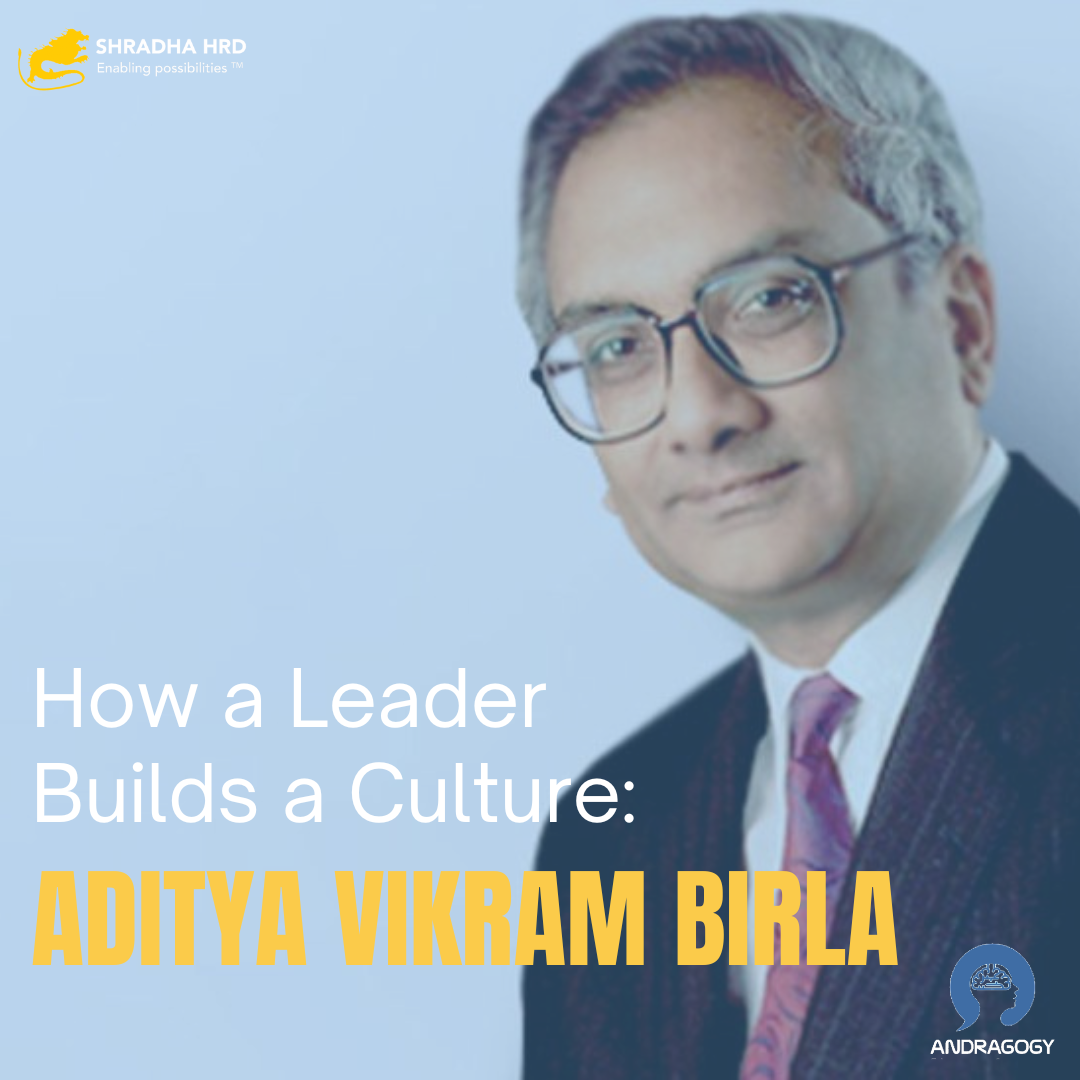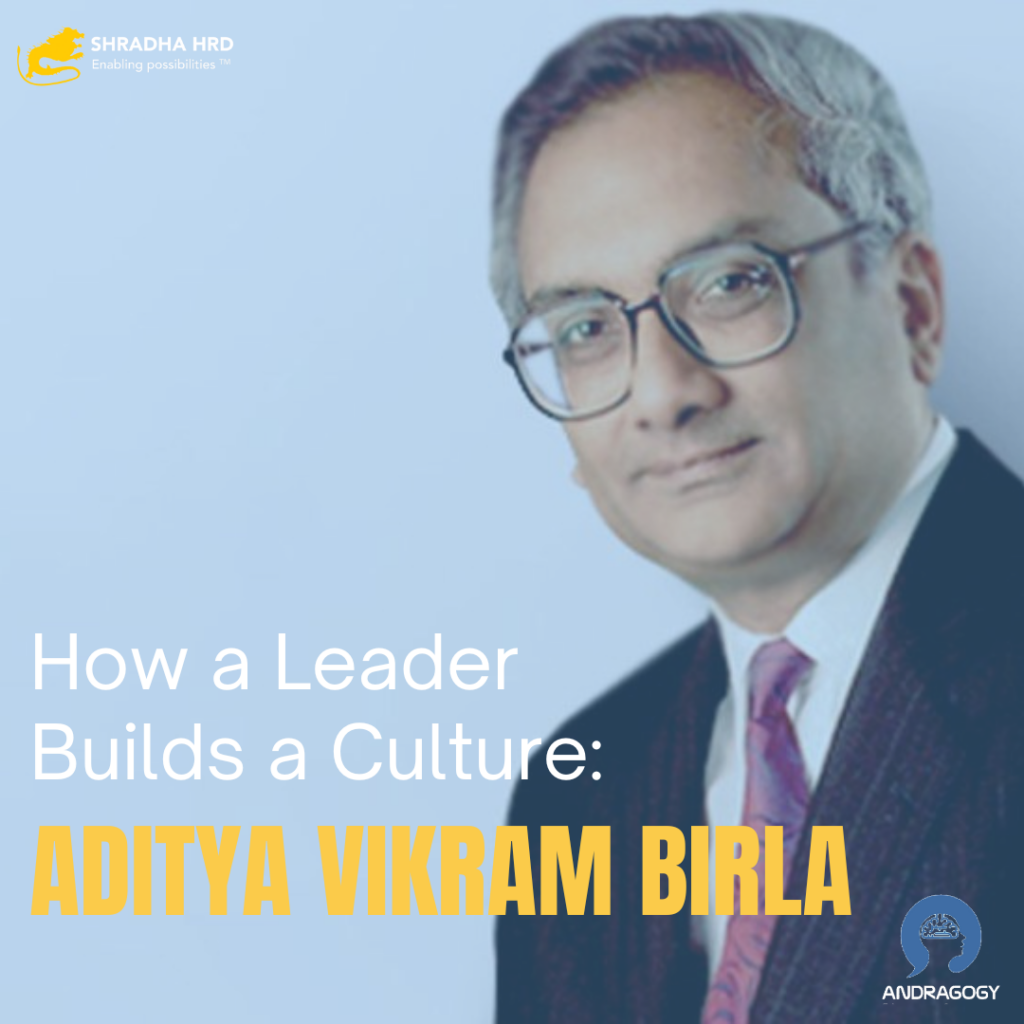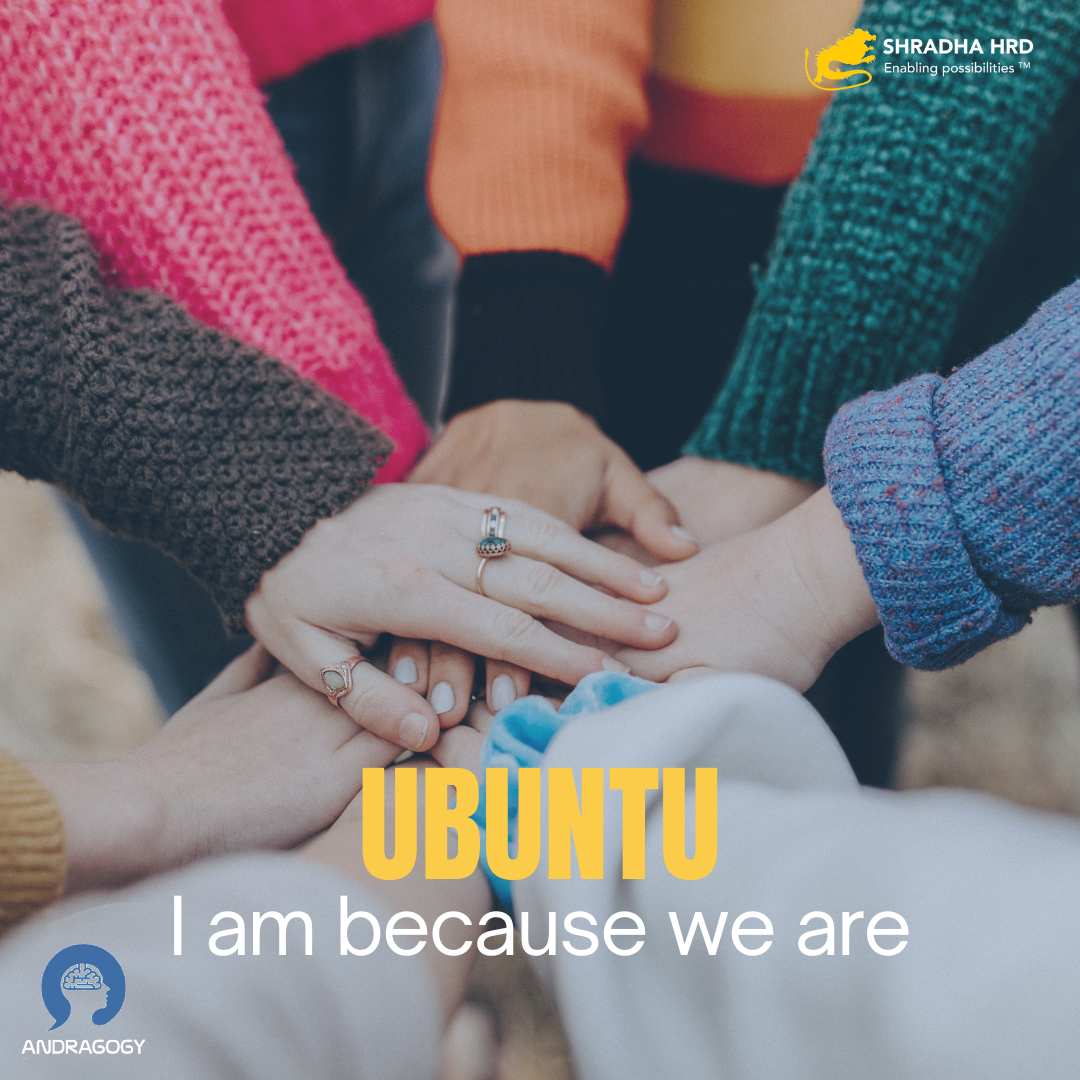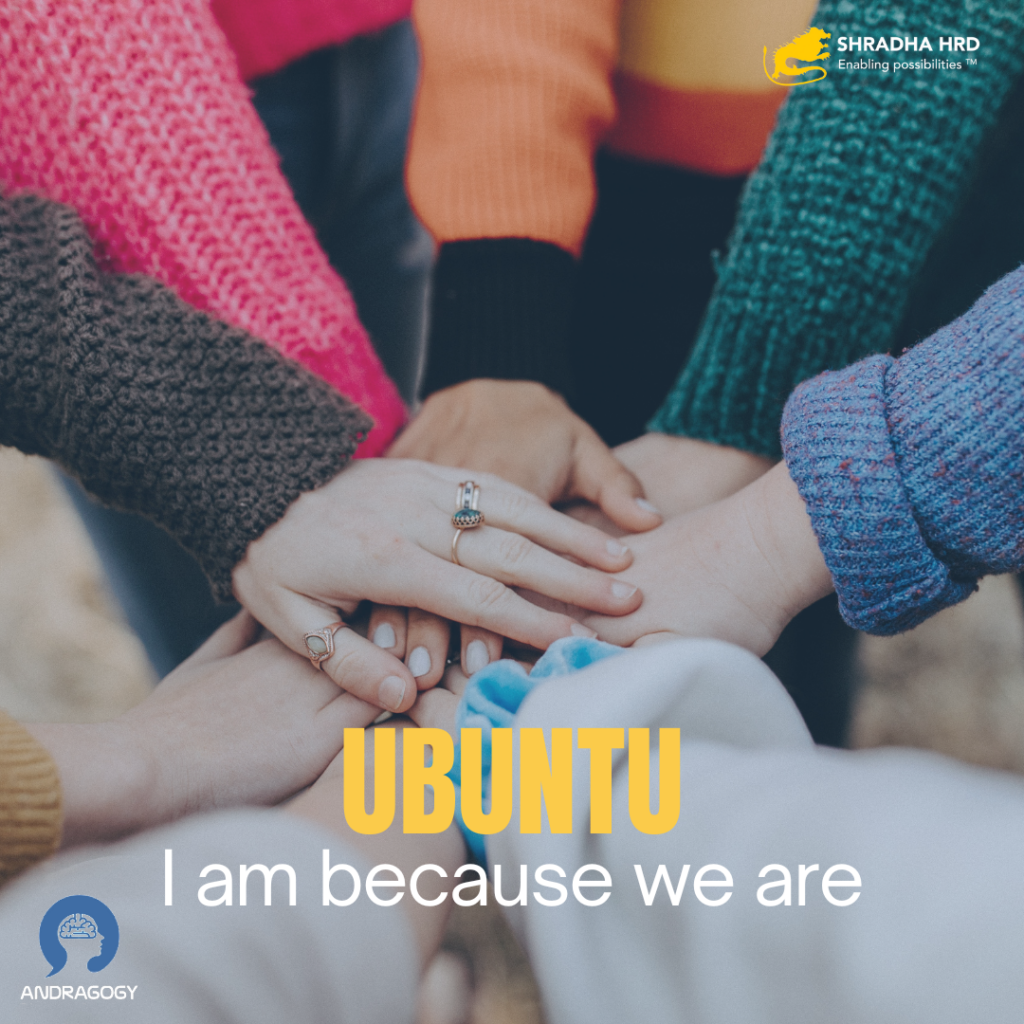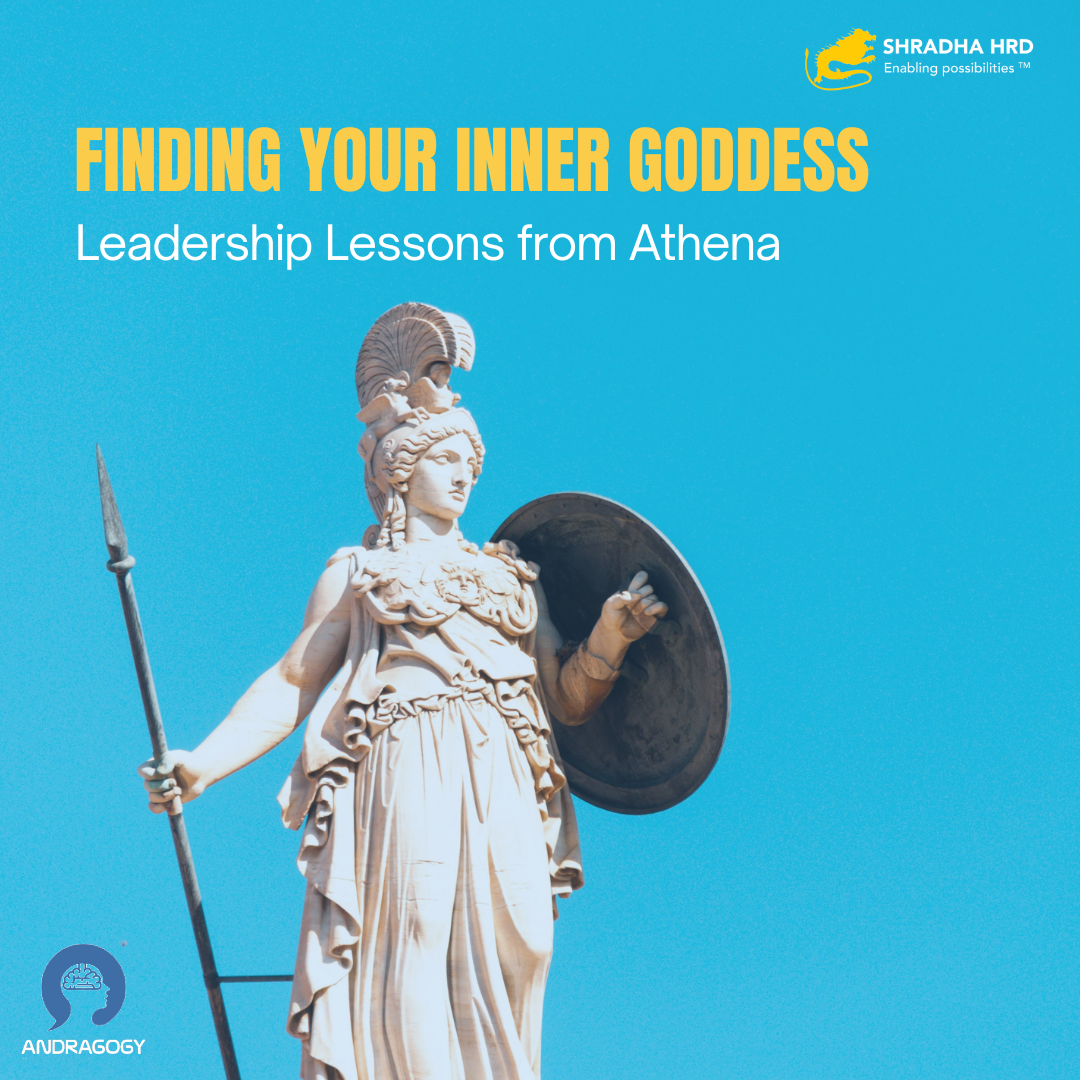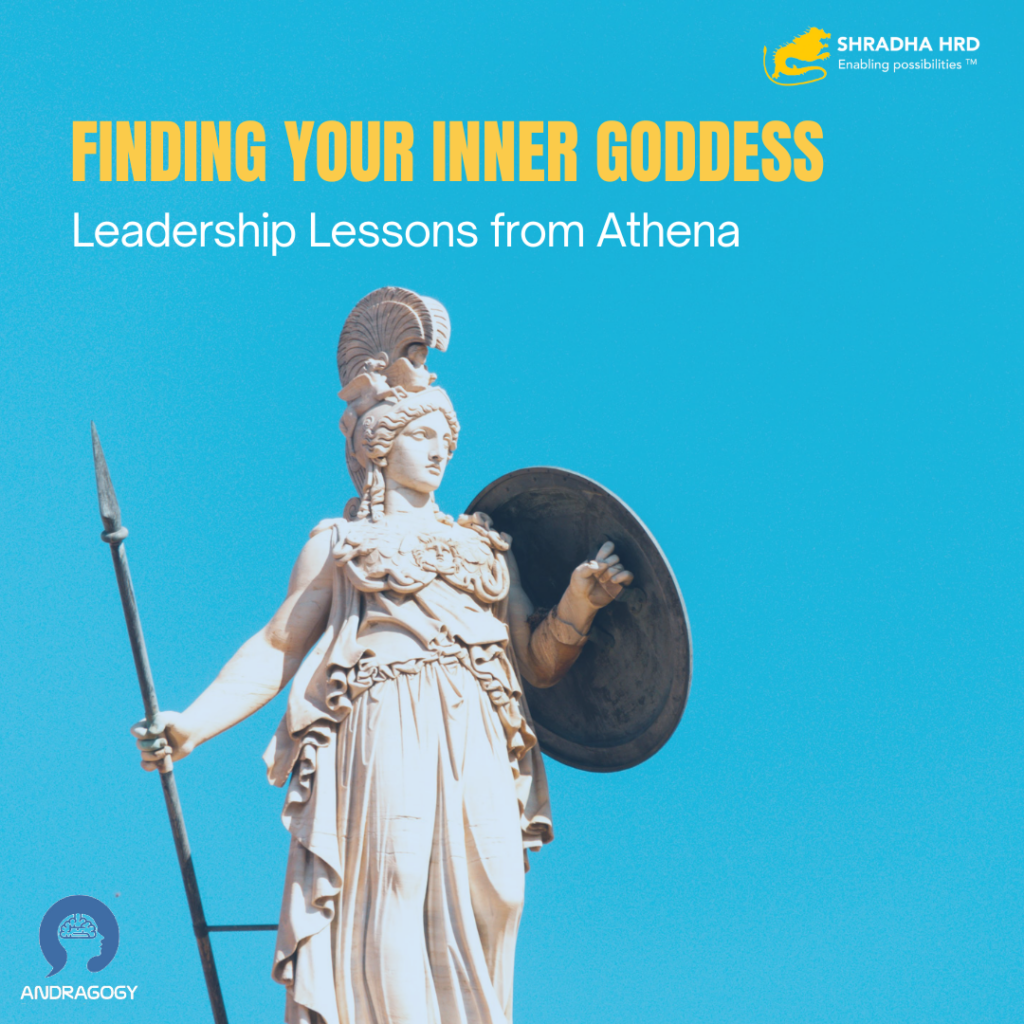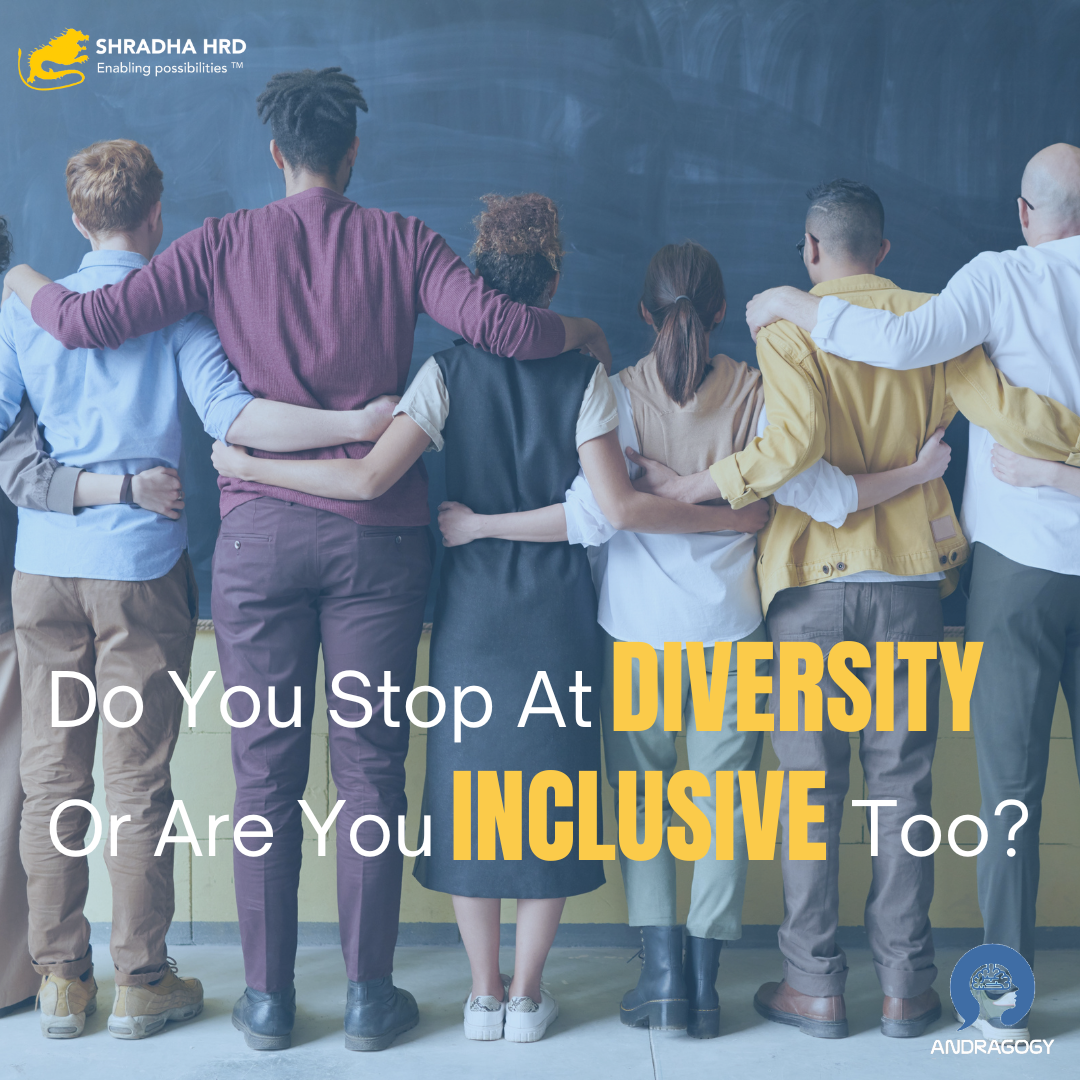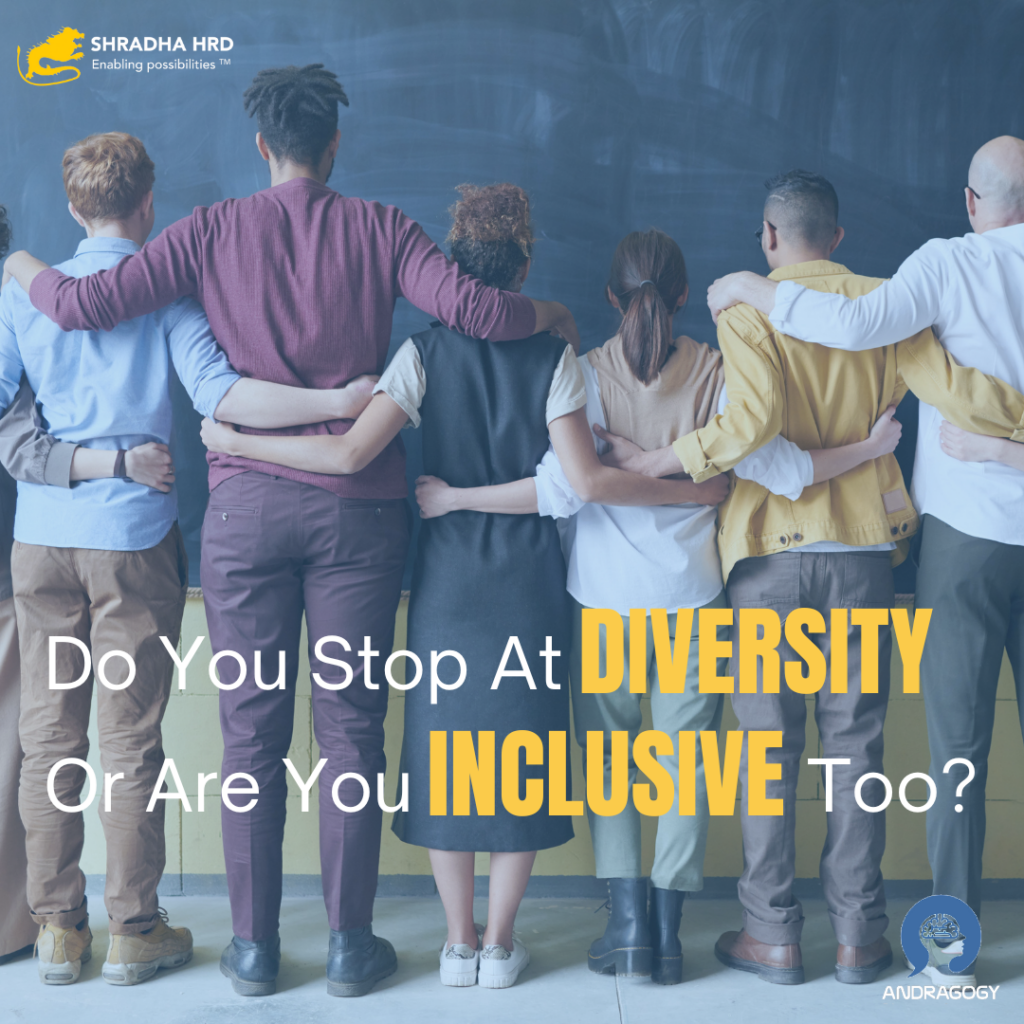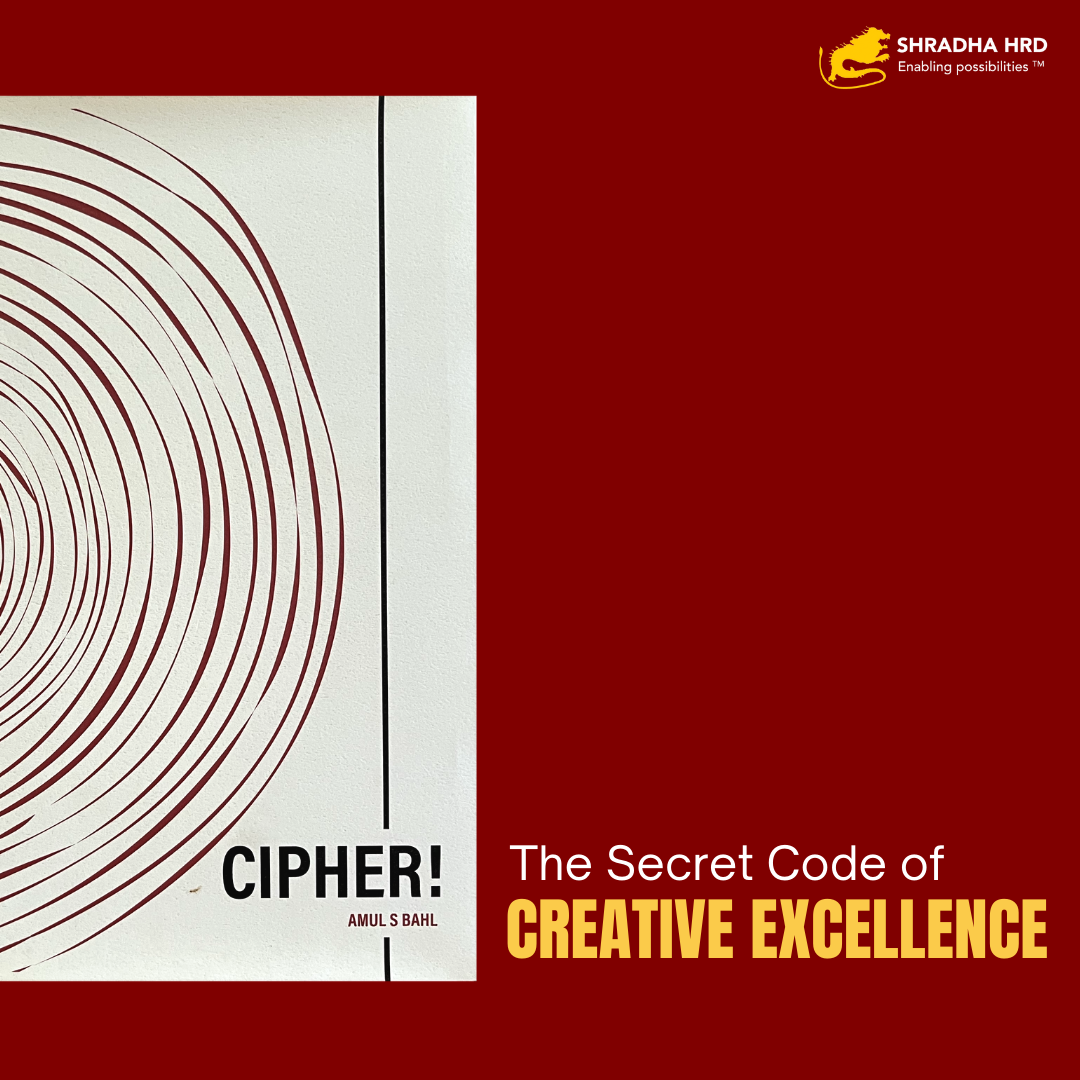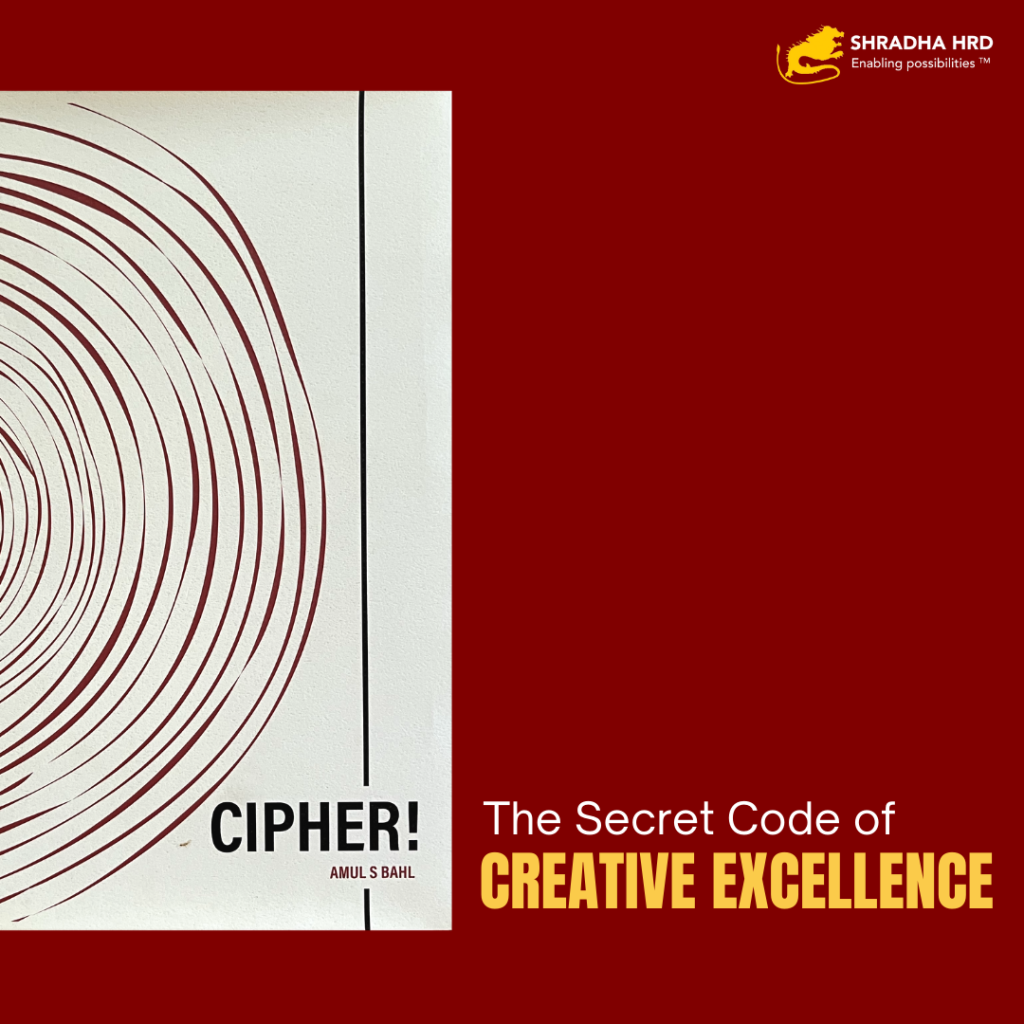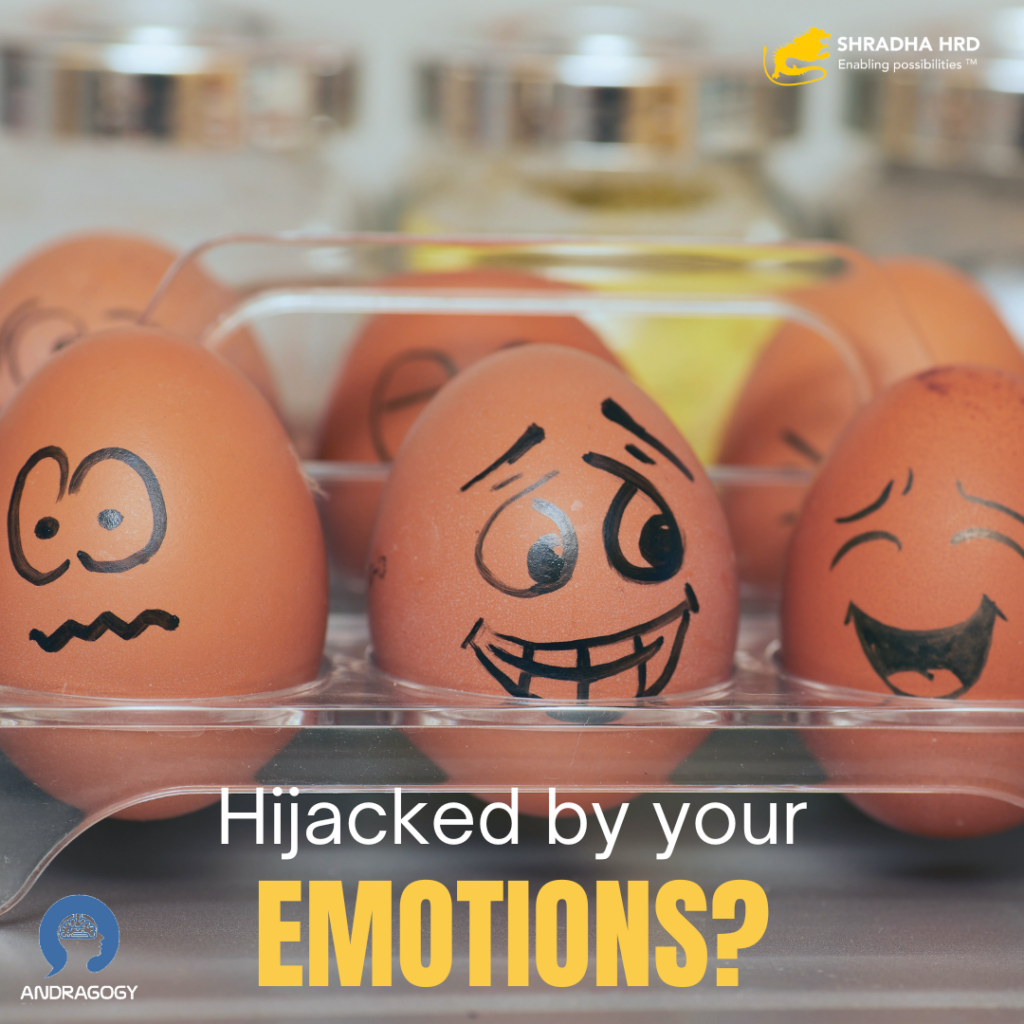
If you regret having lost your temper and acted in a manner you later regret, this post is for you….Some of us that are die-hard Football lovers, might remember the 2006 World Cup Final game. In front of 28.8 million viewers in 213 countries Zinedine Zidane, a world-wide soccer role model, lost his self-control and head butted Marco Materazzi. Zidane was kicked out of the game. France lost the World Cup to Italy and Zidane’s career ended in disgrace and wonderment
“What was he thinking?” Again, he wasn’t.
When faced with danger, the primitive flight, fight or freeze response kicks in. Even though we are not faced with physical danger, anything we perceive as a threat, our mind views as danger. This releases a flood of hormones and hijacks our better sense.
Examples of threatening situations in our daily work life:
- An angry email from a key stakeholder
- Being put on the spot to answer an uncomfortable question in front of your team
- A crisis that came out of the blue
This phenomenon is known as the Amygdala Hijack!!!!!
Dealing with the Amygdala Hijack
- Become aware of your “hot buttons”: Recognize the situations that cause you to lose your cool. This will help you respond effectively as opposed to react
- Name the emotion: When faced with threatening situations, research has shown that naming/labelling the emotion helps calm you down
- Practice using this technique regularly until it becomes a part of your mental routine

